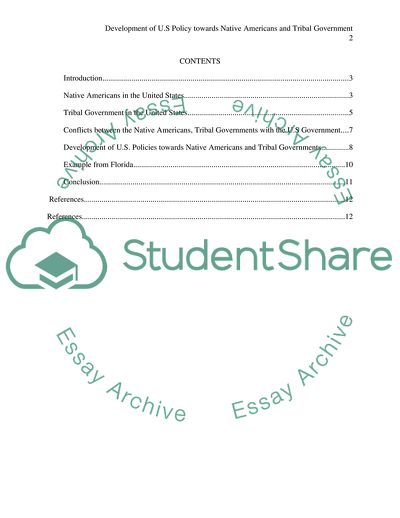Cite this document
(Development of U.S Policy towards Native Americans and Tribal Governme Case Study, n.d.)
Development of U.S Policy towards Native Americans and Tribal Governme Case Study. Retrieved from https://studentshare.org/politics/1717665-trace-the-development-of-us-policy-towards-native-americans-generally-and-tribal-government-specifically
Development of U.S Policy towards Native Americans and Tribal Governme Case Study. Retrieved from https://studentshare.org/politics/1717665-trace-the-development-of-us-policy-towards-native-americans-generally-and-tribal-government-specifically
(Development of U.S Policy towards Native Americans and Tribal Governme Case Study)
Development of U.S Policy towards Native Americans and Tribal Governme Case Study. https://studentshare.org/politics/1717665-trace-the-development-of-us-policy-towards-native-americans-generally-and-tribal-government-specifically.
Development of U.S Policy towards Native Americans and Tribal Governme Case Study. https://studentshare.org/politics/1717665-trace-the-development-of-us-policy-towards-native-americans-generally-and-tribal-government-specifically.
“Development of U.S Policy towards Native Americans and Tribal Governme Case Study”. https://studentshare.org/politics/1717665-trace-the-development-of-us-policy-towards-native-americans-generally-and-tribal-government-specifically.


